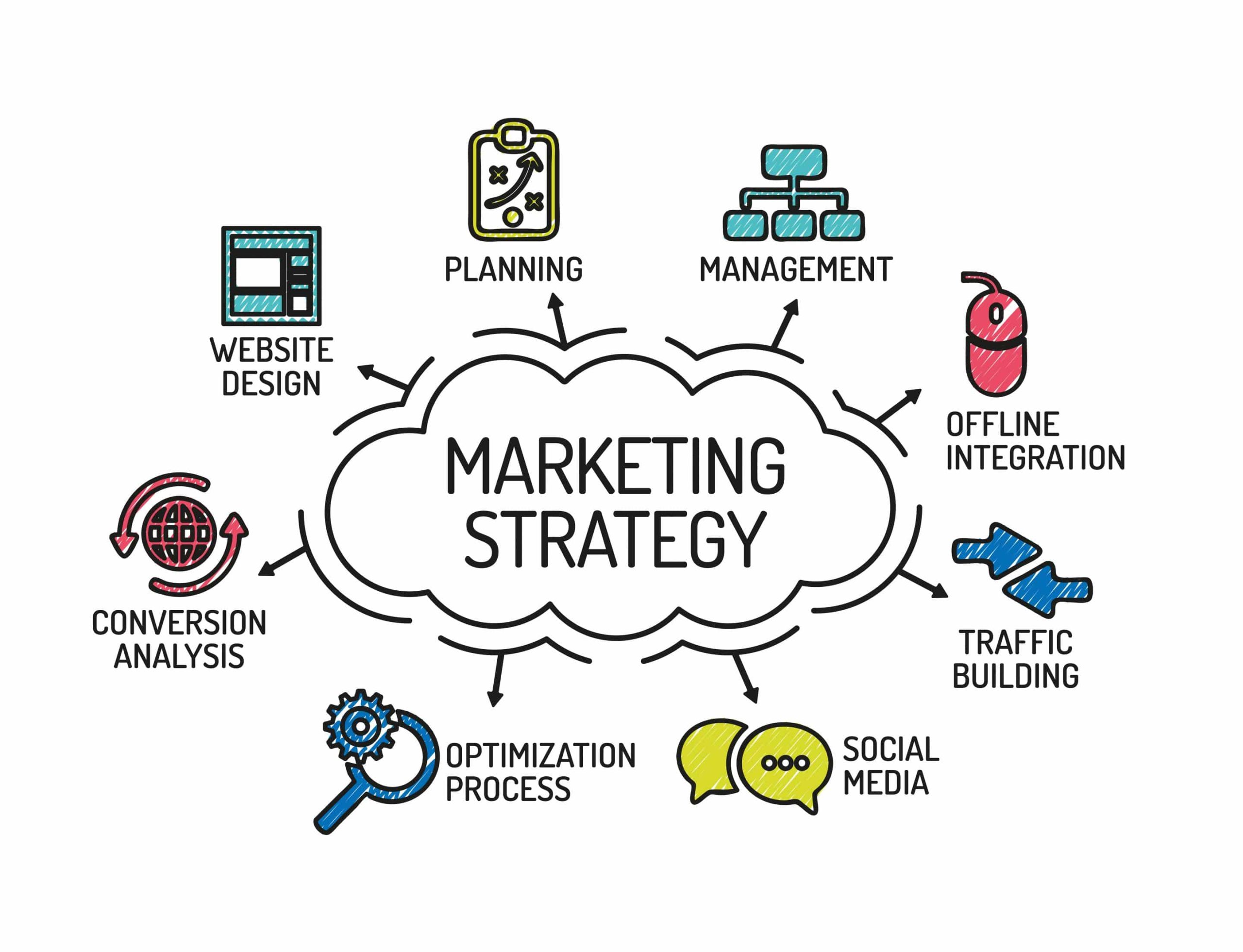Rumored Buzz on Digital Marketing Company
Rumored Buzz on Digital Marketing Company
Blog Article
Marketing Agency: Our Promotional Methods Drive Client Engagement And Boost Sales
Marketing Methods and Preparation: An Advancement Process

Ever seem like you're tossing spaghetti at the wall, hoping something sticks? That's often what occurs when marketing methods aren't carefully prepared. A distinct advancement procedure is the backbone of any effective marketing effort. It's about more than just creativity; it's about structure and insight.
Laying the Foundation: Research and Analysis
Before diving in, you require to comprehend the landscape. Who are you attempting to reach? What are their needs? What are your rivals doing? Comprehensive marketing research is vital. I keep in mind when, a business introduced a product without comprehending their target market's preferences, and it tumbled miserably. Don't let that be you!
- Market analysis: Comprehend the market size, growth rate, and patterns.
- Customer profiling: Produce detailed personas of your perfect customers.
- Competitive analysis: Determine your rivals, their strengths, and weak points.

Setting Goals: What Do You Want to Achieve?
What are your objectives? Boost brand name awareness? Drive sales? Produce leads? Your goals must be SMART-- Particular, Quantifiable, Possible, Pertinent, and Time-bound. I indicate, what's the point of doing something if you do not understand what you're attempting to attain? It resembles setting sail without a destination in mind!
Crafting Your Method: The Roadmap to Success
This is where the magic takes place. Your method describes how you'll achieve your goals. Will you focus on material marketing, social media, e-mail marketing, or a mix? What's your unique selling proposition? The secret is to distinguish more info yourself and offer something important to your target audience. Is your strategy a well-paved roadway, or a rough track filled with holes? This will identify your success!
Here are some typical marketing methods:
- Content Marketing: Producing and distributing valuable material to attract and engage your target market.
- Social Media Marketing: Using social networks platforms to develop brand awareness and get in touch with consumers.
- Email Marketing: Sending out targeted emails to nurture leads and drive sales.
Application and Execution: Putting Plans into Action
A brilliant technique is worthless without efficient application. Assign responsibilities, set timelines, and allocate resources. Don't simply plan; do! This action can be the most tough, as it requires coordination, communication, and devotion.
Monitoring and Assessment: Determining Your Results
Are your efforts settling? Track your essential performance signs (KPIs) and examine your outcomes. What's working? What's not? Be prepared to change your technique based upon your findings. This iterative process is crucial for constant enhancement. It resembles checking the compass on a long journey to ensure you're still headed in the ideal instructions. Are you?
In the ever-evolving world of marketing, a robust planning advancement process is not simply a benefit; it's a requirement. By focusing on research, clear objectives, and adaptive methods, you can navigate the complexities and attain long lasting success.
Target Audience: Finding Your Marketing Sugary Food Spot
Ever feel like you're shouting into deep space? That's what occurs when your marketing misses its mark. It's not about reaching everybody; it has to do with connecting with the right individuals. Consider it like this: attempting to sell snowboards in the Sahara. You may get a couple of curious observers, however you're not exactly going to corner the market. Why use up the energy? Rather, focus on where the snow falls and the snowboarders are already gathering. That focus is your target audience.
Why Sector? Avoiding the Snowboard-in-the-Desert Scenario
Segmentation is the art of dividing your possible consumer base into smaller, more manageable groups based upon shared attributes. Imagine a Venn diagram-- each circle represents a segment, and the overlap is where the magic takes place, where the most responsive customers reside. It's not enough to know you're selling to "ladies." Are they Gen Z fashionistas or soccer mamas in their 40s with a fondness for natural groceries? The more granular you get, the more effective your messaging becomes. Rather of one-size-fits-all, you're crafting bespoke experiences. Consider it as tailoring a fit versus buying off the rack.
One of the greatest stumbles? Presuming your ideal client is much like you. As online marketers, we fall prey to this all the time. We've all heard it "I like it so they need to like it". News Flash. That's ego talking, not information. Your personal choices are irrelevant. Let the market speak. Analyze the data. Listen to what your existing clients are stating (and not saying) Discover the commonness, and then construct your segments around those findings. This is the way to prevent a pricey misfire.
Tools of the Trade: Unveiling Your Suitable Client
So, how do you in fact do this? Start with information. Lots of it. Analytics platforms, client studies, social media insights-- these are your treasure maps. Try to find patterns. Are there age demographics that consistently convert? Geographic locations where your product resonates? Psychographic characteristics that specify your most loyal consumers?
- Demographics: Age, gender, earnings, education, profession
- Geographics: Place, climate, population density
- Psychographics: Way of life, values, interests, attitudes
- Behavioral: Purchase history, item usage, brand name commitment
Don't hesitate to get imaginative. Often, the most valuable insights come from unforeseen places. Think about utilizing a technique called "Jobs to Be Done." Rather of focusing on the features of your product, think of what "job" your customer is hiring it to do. Are they buying your software to save time, reduce tension, or impress their manager? Understanding the underlying inspiration can unlock new sectors you never ever thought about. And keep in mind, this isn't a one-time workout. The marketplace progresses, therefore must your understanding of it. Routinely revisit your division method to guarantee it stays pertinent and reliable, and that your marketing dollars are being spent carefully.
Marketing Channels and Promotional Activities: A Deep Dive
Ever seem like your message vanishes into the void? It's a typical dilemma. The marketing landscape is a sprawling, ever-shifting terrain. Picking the right marketing channels and advertising activities is not almost visibility; it has to do with resonance. Think about it as crafting a perfectly tuned instrument-- each string (channel) need to vibrate in consistency to create an engaging tune (campaign) However what occurs when a string snaps, or worse, is never even strung?
Navigating the Channel Maze
Choosing the suitable channels is a strategic important. Are you pursuing brand name awareness, lead generation, or direct sales? The response determines your path. To highlight, think about the tale of two projects: One, a thoroughly crafted social media blitz that yielded no conversions, and the other, a targeted email sequence that resulted in a rise of eager consumers. The distinction? Positioning. The e-mail project spoke straight to a pre-qualified audience currently interested in the offering.
Marketing Activities: More Than Simply Noise
Marketing activities are the lifeblood of any marketing strategy. Sales promotions, public relations, and material marketing are all viable choices. What takes place when your material marketing efforts are disregarded? This frequently stems from a lack of value. Are you supplying real insights and solutions, or simply broadcasting self-serving advertisements? The key is to end up being a relied on consultant, not a relentless peddler.
- Material Marketing: Provide value through useful and appealing material.
- Social Media Marketing: Engage with your audience and build a neighborhood.
- Email Marketing: Nurture leads and drive conversions.
- Browse Engine Optimization (SEO): Enhance your website's presence in search engine result.
Common Pitfalls and Specialist Insights
One of the greatest setbacks services deal with is failing to adapt to market fluctuations. Envision introducing an item with a memorable slogan, just to discover that a significant cultural shift renders it tone-deaf and offending. Remaining nimble and responsive is vital. Regular analysis of project efficiency is also vital. Are your efforts yielding the desired outcomes? If not, don't be scared to pivot. The only constant in marketing is change.
Another regular oversight is neglecting consumer division. Attempting to appeal to everyone is comparable to yelling into the wind. Identify your perfect consumer and tailor your messaging accordingly. This needs a deep understanding of their requirements, desires, and habits. By focusing your efforts on a particular target audience, you can optimize your impact and minimize lost resources.
Eventually, effective marketing depend upon a mix of tactical planning, innovative execution, and undeviating adaptation. By understanding the nuances of different marketing channels and advertising activities, you can craft a project that resonates with your target market and drives tangible outcomes.
Market Research and Competitive Analysis
Ever feel like you're wandering in the dark, browsing for a light switch that simply will not flip on? That's how introducing a marketing project without strong market research feels. It resembles baking a cake without a dish-- you may wind up with something edible, but chances are it will not be a work of art. How do you illuminate your path?
Revealing the Landscape: Market Research Study Techniques
Marketing research isn't almost gathering information; it's about comprehending the really heartbeat of your target group. Consider it as becoming an investigator, piecing together ideas to fix the mystery of what your potential clients really prefer. Are they yearning convenience? Sustainability? Or possibly a touch of fond memories? You need to know. One frequently neglected aspect is psychographic division. It's not sufficient to know their age or income; you need to comprehend their worths, way of life, and goals. What makes them tick?
One insider suggestion? Don't rely solely on studies. Observe real-world habits. For example, if releasing a new line of eco-friendly products, invest time in farmers' markets or natural grocery shops. Speak with individuals, observe their buying practices, and get a feel for their authentic concerns.
Measuring the Competition: Competitive Analysis
Now, let's discuss your rivals. Disregarding them is like entering a boxing ring with your eyes closed. A competitive analysis involves identifying your competitors and assessing their methods to determine their strengths and weak points relative to your own. It's not about copying them; it has to do with recognizing opportunities to distinguish yourself and sculpt out your specific niche. Have you ever discovered how some coffee bar grow ideal next to a Starbucks? It's since they've recognized a particular market segment that Starbucks isn't fully serving, like a choice for in your area sourced beans or a relaxing, intimate environment.
The biggest pitfall with competitive analysis isn't the absence of data but rather a failure to act upon it. All the spreadsheets and graphs in the world won't assist if you do not equate those insights into concrete actions. And keep in mind the importance of looking beyond direct competitors. Consider indirect competitors also. Who else is competing for your target market's attention and spending plan?
- Recognize Secret Competitors: Who are they, and what are their market shares?
- Examine Their Marketing Strategies: What channels are they using? What's their messaging?
- Evaluate Their Strengths and Weak points: What are they great at, and where are they doing not have?
- Discover Opportunities for Distinction: How can you stand out from the crowd?
Remember, the marketing landscape is ever-evolving. Continuous monitoring and adaptation are crucial for long-term success. By accepting both marketing research and competitive analysis, you can navigate the complexities of the marketplace and position yourself for sustained growth.